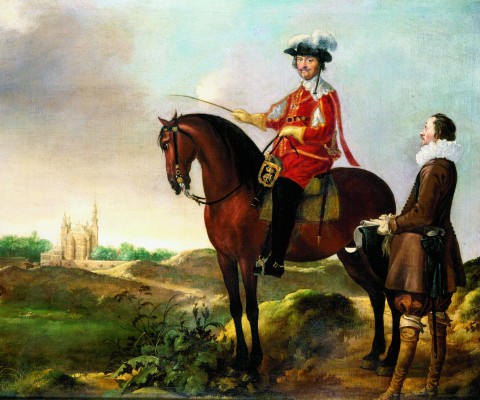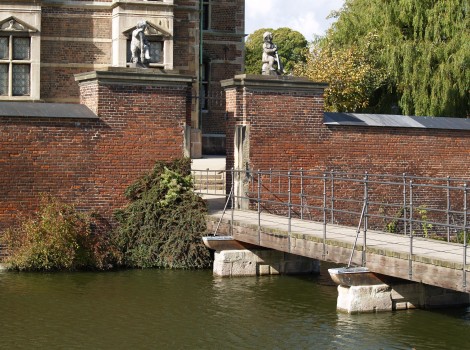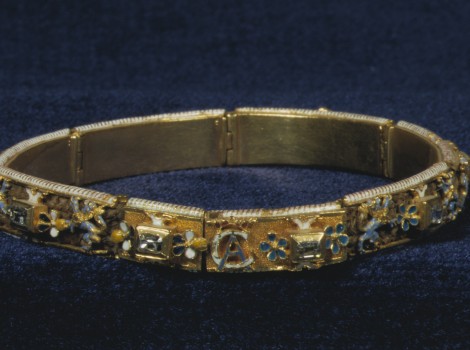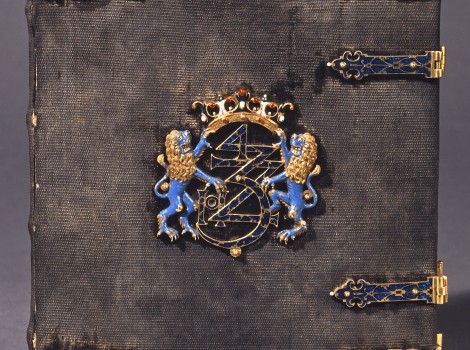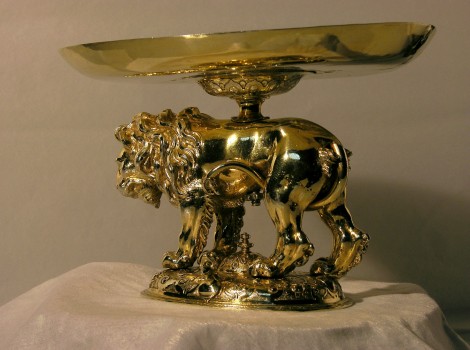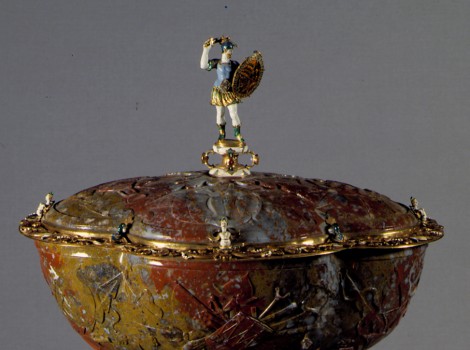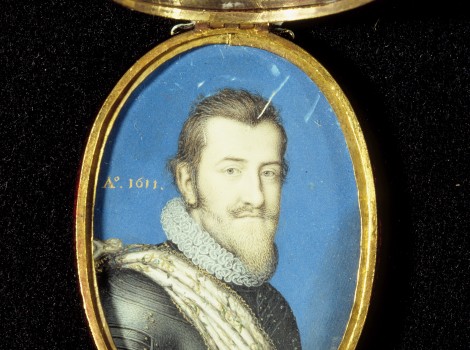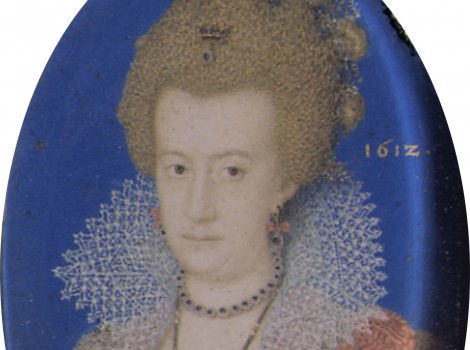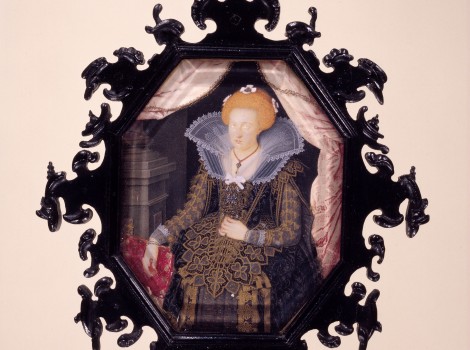1600-1625
The first decades of the 17th century was a great period for the entrepreneurial and ambitious Christian IV. An economic depression was on its way, but its full force had not yet been felt. Christian’s wishes for a war against Sweden went through against the will of the government (Rigsrådet), and the Kalmar War was fought from 1611 to 1613. The ensuing peace was to Denmark’s advantage, but it did not tip the scales of power to any large degree.
The great ambitions with regard to foreign policy also led to the founding of the Danish East Indian Company in 1616, and with the establishment of Tranquebar in India a few years later, Denmark became a colonial power. Within the borders of the Kingdom, the King’s energy led to the founding of many cities and the building of several quarters and buildings in Copenhagen; before 1625 that included Christianshavn, the Børsen and Holmens Church. In 1606-1607 the “summerhouse”, that was to be the core in the later Rosenborg Castle, was built.
The Dutch Renaissance still dominated Danish architecture, handicraft and art, but the Baroque began to make an imprint.

 Dansk
Dansk
 English
English
 Deutsch
Deutsch

